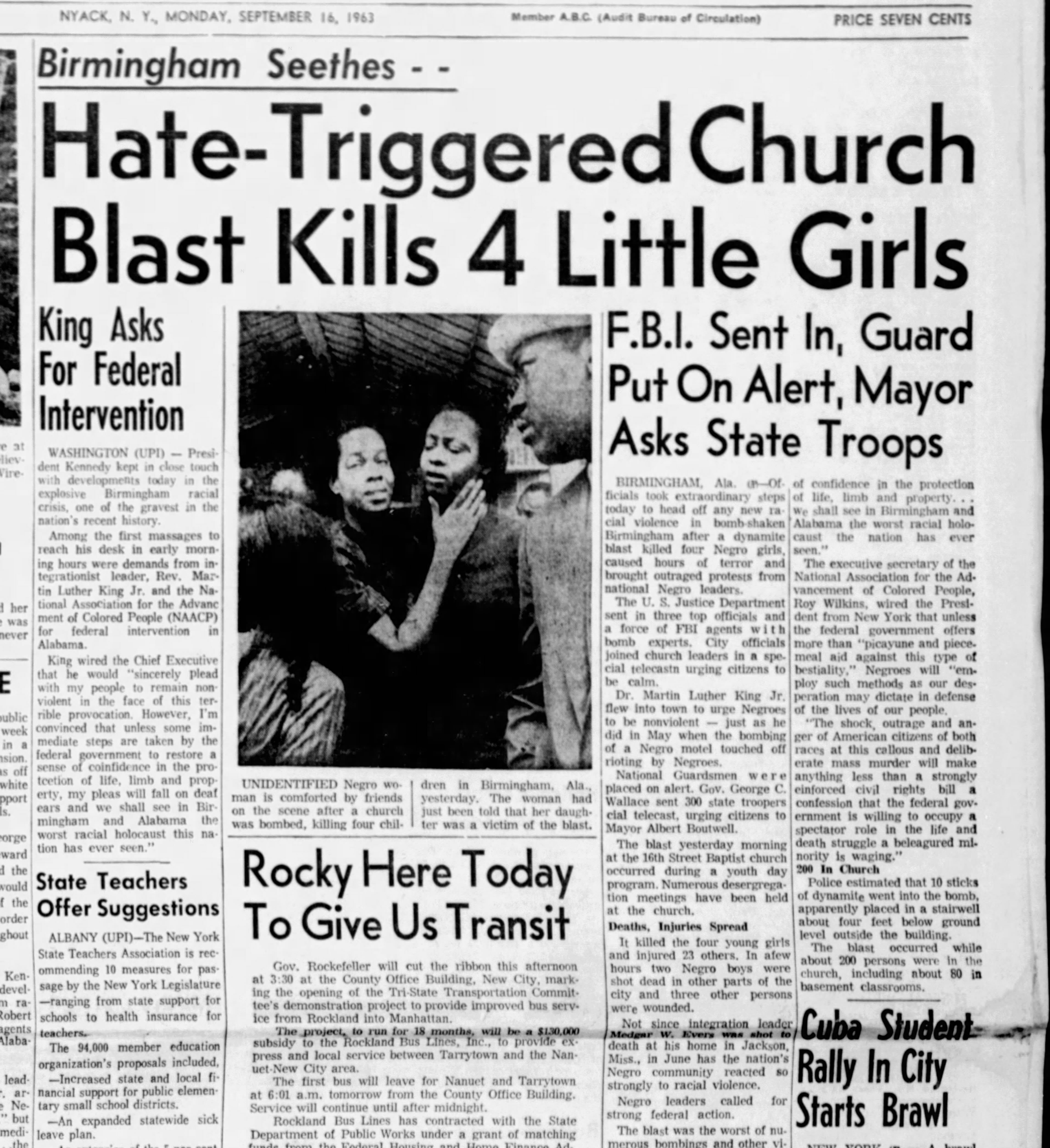The Ultimate Guide To News Articles
The Ultimate Guide To News Articles
Blog Article
The Definitive Guide for News Articles
Table of ContentsThe Greatest Guide To News ArticlesNews Articles Can Be Fun For EveryoneThe Basic Principles Of News Articles An Unbiased View of News ArticlesGetting My News Articles To Work
Excellent understanding of various topics gives students an affordable edge over their peers. Despite the fact that electronic and social media sites are easily accessible, we need to not forget how important it is to check out the newspapers. Parents must attempt and inculcate the behavior of reading a paper as an everyday routine to continue the heritage of the revered print medium.News stories also contain at the very least one of the complying with crucial features loved one to the intended audience: proximity, importance, timeliness, human interest, anomaly, or consequence.
Within these limits, news tales likewise aim to be comprehensive. Among the bigger and much more recognized papers, fairness and balance is a significant factor in presenting information.
Papers with a worldwide target market, as an example, often tend to utilize a much more formal style of creating. The particular selections made by a news outlet's editor or editorial board are frequently accumulated in a design overview; usual style overviews consist of the and the US Information Style Book. The major goals of information writing can be summed up by the ABCs of journalism: accuracy, brevity, and clarity.
The Basic Principles Of News Articles
As a guideline, reporters will certainly not use a long word when a brief one will do. They utilize subject-verb-object construction and dazzling, energetic prose (see Grammar). They supply anecdotes, examples and allegories, and they rarely depend upon generalizations or abstract ideas. News writers try to prevent utilizing the very same word extra than as soon as in a paragraph (occasionally called an "resemble" or "word mirror").
Headings in some cases omit the subject (e.g., "Leaps From Watercraft, Catches in Wheel") or verb (e.g., "Pet cat lady lucky"). A subhead (also subhed, sub-headline, subheading, subtitle, deck or dek) can be either a subordinate title under the main heading, or the heading of a subsection of the write-up. It is a heading that comes before the primary message, or a group of paragraphs of the major message.

Additional signboards of any of these kinds might appear later on in the short article (specifically on subsequent web pages) to attract further analysis. Such billboards are also used as reminders to the post in various other areas of the magazine or site, or as promotions for the piece in other magazine or sites. Regular structure with title, lead paragraph (recap in bold), other paragraphs (information) and contact information.
Instance of a hard-lead paragraph NASA is recommending another area task. The firm's budget plan request, introduced today, included a strategy to send out one more mission to the Moon. This moment the firm wishes to develop a long-lasting facility as a jumping-off point for other room journeys. The budget plan requests approximately $10 billion for the task.
The NASA news came as the firm requested $10 billion of appropriations for the task. An "off-lead" is Go Here the 2nd most crucial front page news of the day. The off-lead shows up either in the top left corner, or straight below the lead on the. To "hide the lead" is to start the write-up with background information or information of additional importance to the readers, compeling them to learn more deeply right into a short article than they must have to in order to uncover the vital factors.
News Articles for Beginners
Usual use is that one or more sentences each create their own paragraph. Journalists normally describe the company or structure of an information story as an upside down pyramid. The essential and most intriguing components of a tale are put at the beginning, with supporting info adhering to in order of diminishing significance.
It allows individuals to explore a topic to only the depth that their curiosity takes them, and without the imposition of details or nuances that they could consider unimportant, however still making that info offered to a lot more interested visitors. The inverted pyramid framework additionally makes it possible for articles to be cut to any kind of approximate size additional reading during format, to suit the area offered.
Some writers begin their tales with the "1-2-3 lead", yet there are several kinds of lead offered. A kicker can refer to numerous things: The last tale in the information program; a "delighted" story to finish the program.
Longer short articles, such as publication cover posts and the items that lead the within sections of a paper, are referred to as. Feature tales differ from straight information in a number of ways. Foremost is the lack of a straight-news lead, most of the moment. Instead of offering the significance of a story in advance, function authors may attempt to lure visitors in.
More About News Articles
A feature's first paragraphs often relate an appealing minute or occasion, as in an "unscientific lead". From the details of a person or episode, its view quickly broadens to generalities concerning the tale's topic.

The Editor's Toolbox: A Referral Guide for Beginners and Professionals (2001) Allan M. Siegal and William G. Connolly. The New York Times Guidebook of Style and Use: The Official Design Guide Used by the Writers and Editors of the Globe's Most Reliable Paper (2002) M. L. Stein, Susan Paterno, and R.
Report this page